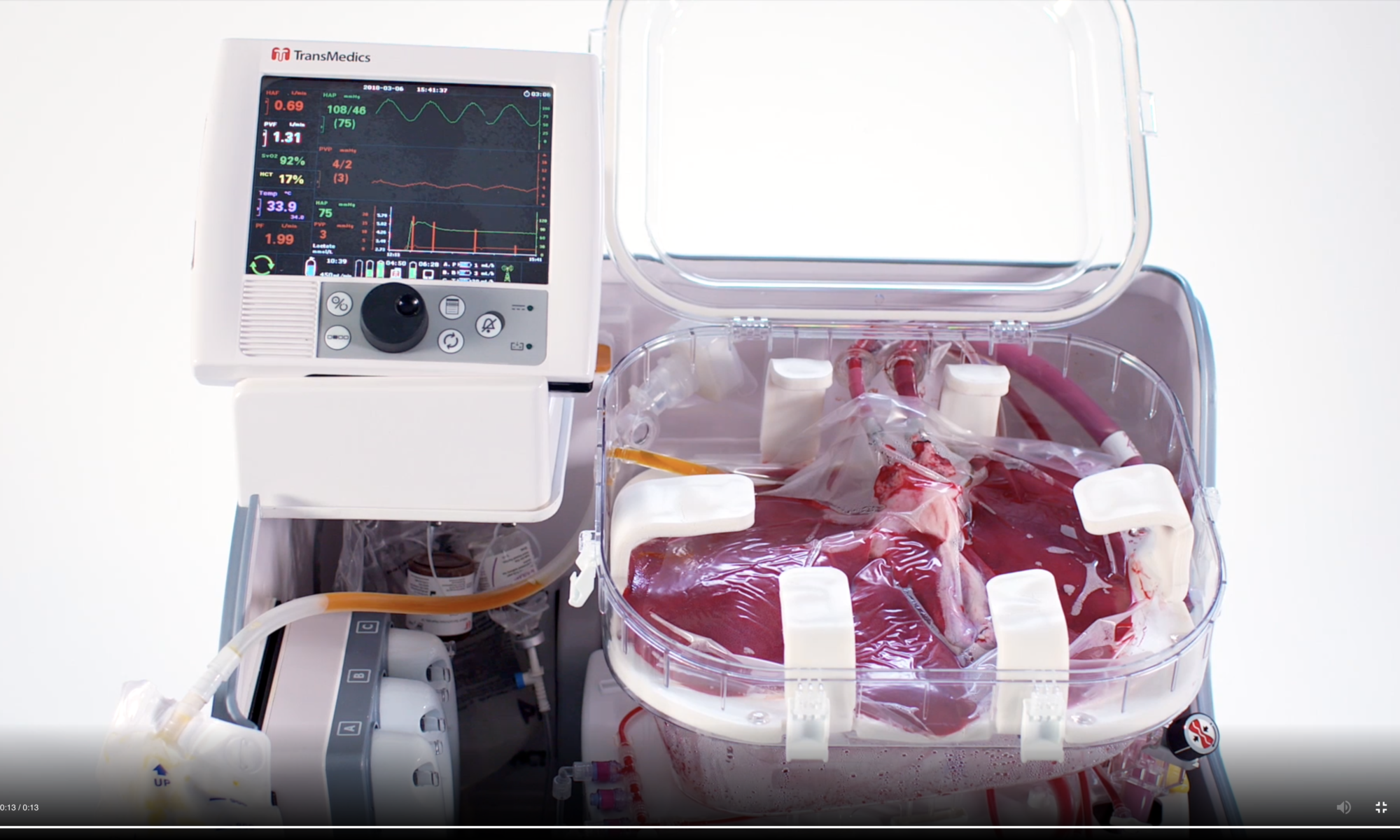Three new organ preservation systems allow transplant surgeons to travel farther distances to procure donor livers and provide the ability to better assess potential donor livers that may have borderline function. Through the use of these new preservation systems, Baylor Scott & White Annette C. and Harold C. Simmons Transplant Institute has greatly expanded its options for accepting donor livers, especially extended criteria livers that may not have been accepted in the past.
Normothermic regional perfusion (NRP), which utilizes extracorporeal membrane oxygenation (ECMO) technology, allows for in situ perfusion of the liver. This technique, which is exclusively used for donations after circulatory death (DCD), effectively reperfuses the donor liver after the donor’s death.
“NRP allows us to reverse some of the ill effects of DCD livers and evaluate the organ while it is still in the donor body,” says Amar Gupta, MD, FRCS(C), an abdominal transplant and hepatopancreatobiliary surgeon on the medical staff at Baylor University Medical Center, part of Baylor Scott & White Health. “We have used several DCD donors that we would not have used without this technology. We believe NRP will increase the number of livers we have access to and also improve outcomes.”
The second new preservation technology is a pump that is used after the liver has been procured from the donor. The donor liver is continuously perfused with oxygenated blood, medications and nutrients at normal body temperature and near physiological pressure and flows. After placement on the pump – either at the donor site or transplant institution – the liver is monitored for several hours to determine if it is functioning properly based on several parameters.
“This preservation system allows transplant programs to be more aggressive in accepting extended criteria organs since we can objectively evaluate the quality of the liver prior to transplant,” Dr. Gupta says. “In addition, it alleviates concerns about cold ischemic time because livers can routinely stay on pump for 12 hours. These are potential donor organs we would normally not have access to due to distance barriers.”
The third new liver preservation system includes a portable enclosure that warms and perfuses the donor liver with blood, oxygen and nutrients. The device also measures and displays temperature, pressure and flow rates, information a transplant surgeon may use to evaluate the organ’s suitability for transplant. This technology is generally most appropriate for potential donor livers that are very far away and cold ischemic time is a barrier.
“We have so many patients who live quite a distance from Baylor University Medical Center or Baylor Scott & White All Saints Medical Center – Fort Worth,” says Giuliano Testa, MD, MBA, FACS, chairman and chief of abdominal transplantation at Baylor Scott & White Simmons Transplant Institute. “Because these technologies allow for longer ischemia times without diminishing the quality of the organs, these patients will have enough time to travel to the transplant center. Without these technologies, these patients would be excluded from a life-saving transplant.”









